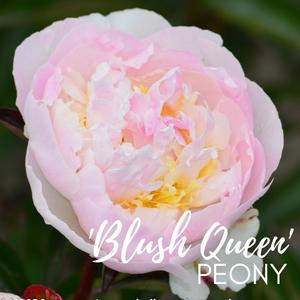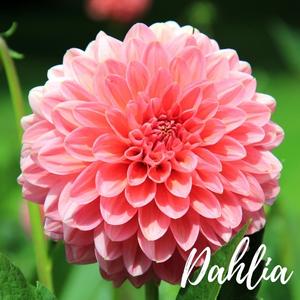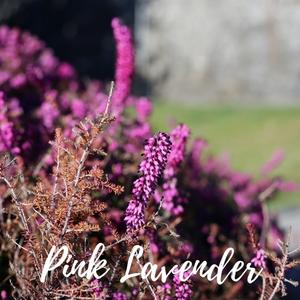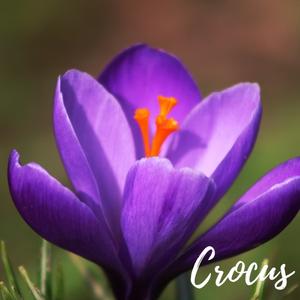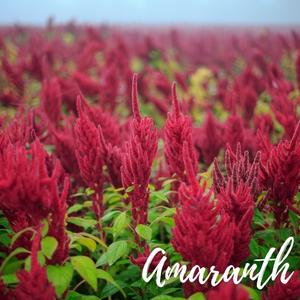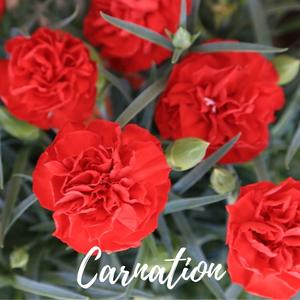While it’s always a treat to receive a bouquet of flowers for Valentine’s Day celebrations, a plant would be even better.
The longer lifespan means you won’t be forgotten any time soon.
Especially with peonies – you’ll be thought of for decades!
Here’s some ideas on what plants to bring into your or someone you love’s garden or home to send the message of love:
Amaranth
Symbolism:
- Unending love/immortality
- Said to cure a broken heart
Facts:
- Annual or perennial depending on the variety
- A long history of medicinal use
Aster
Symbolism:
- Grow it to wish for love
- Carry it to win love
- Love, patience, elegance, good luck and gained wisdom
Facts:
- Majority are perrenials, while some are annuals and biennials
- They bloom from late summer to first frost so are popular in autumn and winter flower arrangements
- Also referred to as ‘Starworts’ or ‘Michaelmas’
Chrysanthemum
Symbolism:
- Red ones say ‘I love you’
- Rose-coloured ones say ‘in love’
Facts:
- They are perennials but if you buy them from a nursery, treat them as annuals
- For centuries the oil extracted from the flowers of certain species has been used in insecticides
- The plant’s petals are actually florets with both sexual parts
Crocus
Symbolism:
- Their fragrance is thought to inspire love
- Apparently you can attract love into your life by growing crocus
Facts:
- An early-blooming spring bulb-like structure called a corm
- Their leaves and petals are insulated by a waxy layer helping them weather occasional frost and even a bit of snow
- Saffron is the product of Crocus
Carnation
Symbolism:
- Pink carnations symbolize a mother’s love
- Red symbolizes a deeply romantic love or pure love
Facts:
- Also known as ‘pink clover’
- There are 3 main types of carnations: large flowered, spray, and dwarf
- They are edible and delicious as part of a dessert or on their own
Dahlia
Symbolism:
- Love, inner strength, beauty, kindness
- A way to say ‘I’m forever yours’
Facts:
- All dahlia are edible
- In Mexico, Dahlia tubers are roasted and made into a drink (in place of coffee)
- The ‘Little Dorit’ variety was named after the Charles Dickens novel
English Lavender
Symbolism:
- purity and devotion
- a lavender scented note or clothes scented with lavender are thought to attract love
Facts:
- an evergreen perennial shrub
- lavender comes in other colours other than lavender – white, yellow and pink
Peonies
Symbolism:
- Red peonies symbolise love, romance and passion
- Pink peonies communicate lasting love, good fortune and prosperity
Facts:
- They come in every colour except blue
- Bees prefer the ‘single’ form
- Their petals are on the dessert menu in China
- They can live on for more than a century!
Yarrow
Symbolism:
- Having yarrow in your home will bring you love for 7 years!
- They’ve been said to find your one true love
Facts:
- A hardy perennial
- Make good companion plants
- Birds love them - apparently used by Starlings in their nests as they stop the growth of parasites
- Attract bees and other beneficial insects
If you already have a few of these in your garden or home then you’re well on your way to love.

